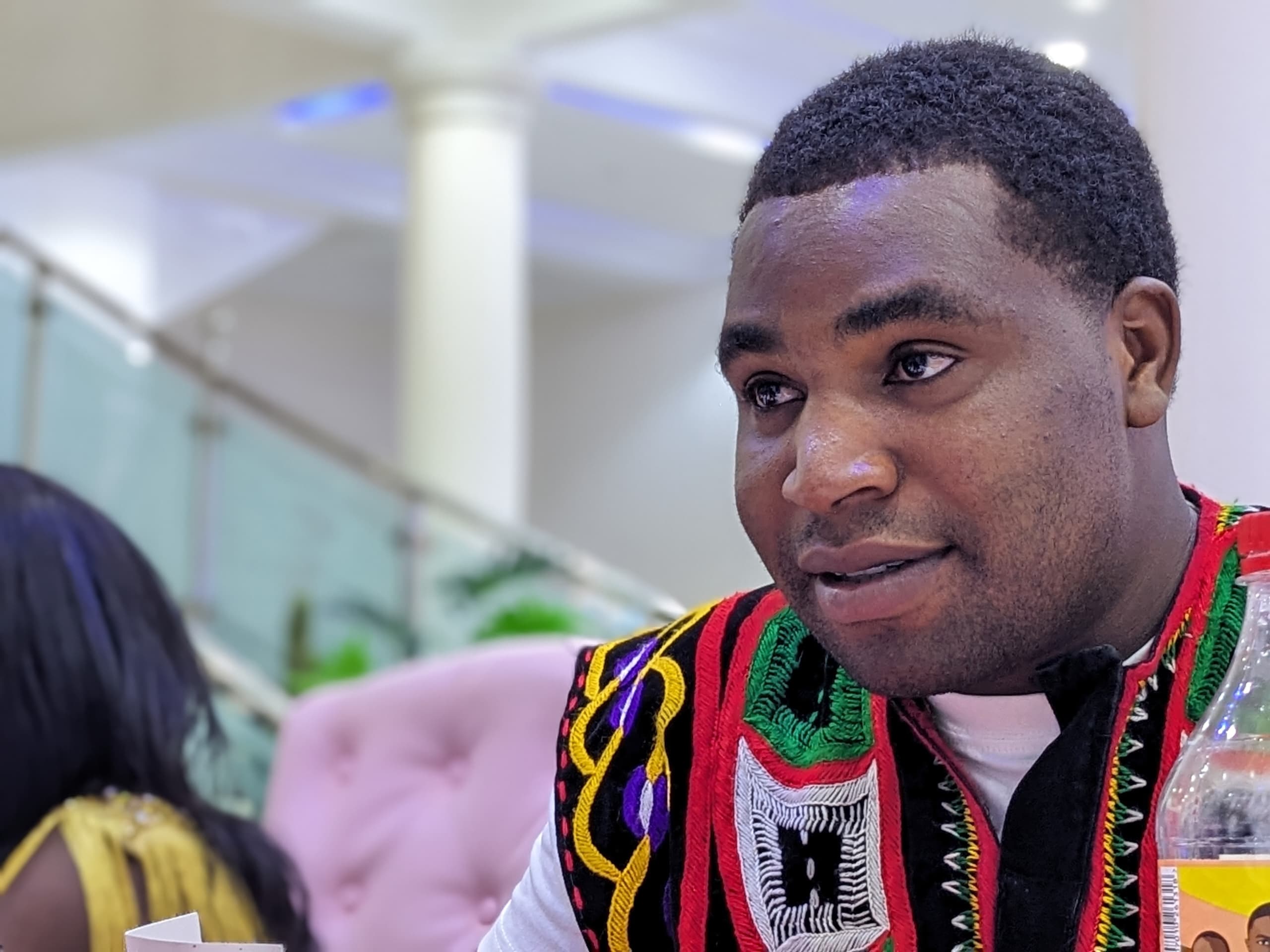This article was originally written in Arabic and translated into English using AI tools, followed by editorial revisions to ensure clarity and accuracy
Obituaries for influential public figures have become a recognised journalistic genre, handled by seasoned reporters in major media outlets. How did this practice evolve, what defines it professionally, and how ethically acceptable is writing obituaries in advance?
Shortly after the death of Queen Elizabeth II, the BBC published an extensive obituary chronicling the most significant milestones in her life. The piece was part of the network’s broader strategy, codenamed “London Bridge”, for covering the monarch’s passing.
Death notices have long constituted an integral part of media content throughout history. However, the treatment of death in journalism has evolved—both in form and substance—alongside the technical, stylistic, and editorial transformations of the press. Audience interests, priorities, and the prevailing cultural and political contexts have also played a crucial role in shaping how these stories are presented.
In the earliest journalistic experiments following the invention of the printing press in 14th-century Germany, death notices were extremely brief. Over time, particularly in the U.S., the U.K., and France, they evolved into short-form announcements.
Amid the Industrial Revolution and its accompanying scientific, political, and economic shifts, newspapers in the West began giving more attention to the topic. Alongside brief death announcements, they increasingly published more expansive obituaries that included greater detail about the deceased and their funeral arrangements.
The prominence of obituaries grew in the U.S. during the Civil War (1861–1865), driven by the need to inform families of soldiers killed in battle. This period marked a turning point, as death-related content began expanding beyond advertising to become a fully developed journalistic product, a transformation solidified by the late 19th and early 20th centuries.
Modern Developments
Among contemporary outlets, The New York Times has established itself as a leader in obituary journalism, dedicating a special section to this form since its inception in the mid-19th century.
Over time, the paper refined this approach, eventually creating a dedicated department led by a senior editor and staffed by seasoned reporters.
A crucial part of The New York Times's editorial practice is the clear distinction it draws between a death notice—a brief, often paid informational piece regarded as promotional—and an obituary, which falls under the purview of the obituary desk and adheres to agreed-upon editorial standards that align with the paper’s broader journalistic ethos, political leanings, and ideological orientation.
The paper also differentiates obituaries from eulogies. As William McDonald, head of the obituaries section since 2006, explained in a clarifying article, obituaries are crafted by obituarists—specialist journalists whose purpose is to “highlight the significance of the deceased, the impact they made, and the story they embodied.”
A crucial part of The New York Times's editorial practice is the clear distinction it draws between a death notice—a brief, often paid informational piece regarded as promotional—and an obituary, which falls under the purview of the obituary desk and adheres to agreed-upon editorial standards that align with the paper’s broader journalistic ethos, political leanings, and ideological orientation.
Obituary or Eulogy?
According to McDonald, the task of honoring the dead through eulogy—a more personal, often literary reflection—is best left to what he terms eulogists: those closely affiliated with the deceased, whether by family, ideology, or intellectual kinship. Eulogies generally emphasize the subject’s virtues and are subjective in tone, sometimes even poetic, typically written out of loyalty or admiration.
“According to McDonald, the task of honoring the dead through eulogy... is best left to what he terms eulogists...”
From the tens of thousands of individuals who die daily, The New York Times publishes only about three obituaries each day. This raises a fundamental question: What determines who is deemed obituary-worthy, and what is the ultimate purpose of the obituary?
McDonald notes that The Times refrains from passing moral judgments—positive or negative—on the deceased. Instead, the editorial focus is on the person’s public record and the news value of their life, regardless of ethical considerations.
The task of honoring the dead through eulogy—a more personal, often literary reflection—is best left to what he terms eulogists: those closely affiliated with the deceased, whether by family, ideology, or intellectual kinship. Eulogies generally emphasize the subject’s virtues and are subjective in tone, sometimes even poetic, typically written out of loyalty or admiration.
Pre-Writing the Dead
Writing obituaries in advance has become a standard practice at The New York Times and other prestigious outlets. These prewritten pieces are often prepared for individuals who have faded from public view for various reasons (e.g., retirement, illness, aging), and are published immediately upon the confirmation of death.
However, this practice carries editorial risks. Occasionally, such obituaries are published prematurely, resulting in both factual and reputational damage—from spreading misinformation to releasing unpolished content.
A New York Times statistic revealed that the website of Radio France Internationale accidentally published nearly 100 prewritten obituaries for high-profile individuals.
Yet the most illustrative case of the pitfalls of early obituary preparation came when the BBC mistakenly aired the death of Queen Elizabeth II before her actual passing—an error resulting from decades of meticulous preparation under the internal codename “Operation London Bridge.”
Yet the most illustrative case of the pitfalls of early obituary preparation came when the BBC mistakenly aired the death of Queen Elizabeth II before her actual passing—an error resulting from decades of meticulous preparation under the internal codename “Operation London Bridge.”
When handled correctly, however, this foresight proves immensely valuable, allowing media outlets to provide in-depth, high-quality content quickly after a death is confirmed.
McDonald has stated that The New York Times maintains around 1,850 prewritten obituaries, while The Washington Post, according to its obituary editor Adam Bernstein, has about 900.
On March 23, 2022, for instance, The New York Times published a detailed obituary for former U.S. Secretary of State Madeleine Albright just minutes after her death was announced.
Evidence suggests the obituary had been largely prepared in advance, as indicated by its length (approximately 3,000 words) and pre-collected testimonials about Albright.
Authored by Robert McFadden, a 63-year veteran of the newspaper, the obituary was attributed to a journalist whose final decade at the paper was dedicated to crafting advance obituaries for notable figures.
The obituary offered an extensive account of Albright’s life, highlighting, as the headline noted, that she was the first woman to serve as U.S. Secretary of State—appointed in 1997 under President Bill Clinton.
Among the more dramatic elements was the childhood journey that saw young Madeleine flee Czechoslovakia during World War II to escape Nazi persecution.
Albright only discovered her Jewish ancestry after becoming Secretary of State; her parents, having converted to Catholicism during the war, raised their children in the faith without disclosing their original identity.
The “Historical Obituary”
With a style that blends austerity and conciseness on one hand, and depth and literary flair on the other, The Economist has assigned its obituaries a fixed place on the final page of each issue—presented according to rigorous editorial and visual standards.
Though unsigned—like all Economist pieces—the obituary section has, since 2003, been the domain of Ann Wroe, a staffer since 1976, with a PhD in history and several biographies to her name. She approaches the task with a combination of historical sensitivity and journalistic craftsmanship.
Describing her process, Wroe once said: “Each week, I tell the story of an extraordinary life—sometimes of a well-known figure, sometimes of someone lesser-known but no less exceptional.”
In an online Q&A with readers, she elaborated: “I try each week to capture the essence of a person and tell the story of their life.”
Her obituary of Madeleine Albright, for instance, differed markedly from that of The New York Times, not only in tone and structure (roughly 1,000 words) but also in its thematic focus—spotlighting Albright’s trailblazing role as a woman in diplomacy and her distinct leadership style.
With a style that blends austerity and conciseness on one hand, and depth and literary flair on the other, The Economist has assigned its obituaries a fixed place on the final page of each issue—presented according to rigorous editorial and visual standards.
At times, The Economist breaks convention entirely. In summer 2009, for instance, the magazine published an obituary for Benson, a 25-year-old fish considered a national treasure in England.
Obituary In the Arab Press
In prominent Arabic newspapers such as Al-Ahram (Egypt) or An-Nahar (Lebanon), and their digital counterparts, the obituary genre has yet to be formalized in the same manner seen in global outlets.
Typically, these newspapers cover the deaths of public figures in politics, business, sports, and the arts using a mix of formats: news reporting, commentary, analysis, and sometimes testimonials or recollections of defining life moments.
Egyptian media scholar Hosni Mohamed Nasr suggests that obituary journalism “can represent a critical step toward re-humanizing journalism and reconnecting readers with the press.” He argues that obituaries—when well-crafted—can blend biography and history in ways that evoke nostalgia and attract wide readership.
Unlike professionally authored obituaries, Arabic-language outlets—like their Western peers—commonly publish paid death announcements as a revenue stream.
For example, Al-Ahram allows families to publish obituaries or condolence messages via the newspaper’s official advertising agent, for a fee.
This shift in obituaries—from purely commercial notices to full-fledged journalistic pieces—raises an academic question: Is the obituary a journalistic “genre” in its own right, like editorials, investigative reports, features, columns, or profiles?
In his reference book “Journalistic Genres: The Key to Professional Media,” Moroccan scholar Abdelwahab Rami categorizes death notices alongside birth and wedding announcements as non-journalistic content, situated in the realm of advertising and marketing. Notably, he makes no explicit mention of the obituary as a distinct genre.
Yet the obituary most closely resembles the profile—a recognized journalistic genre requiring the skills to “identify telling details, trace trajectories, apply psycho-social insight, and write with stylistic precision,” according to Rami.
The key distinction is that profiles focus on living subjects, describing their character, work, and life in full complexity. Obituaries, by contrast, center on the legacy and moral imprint left behind by the deceased.
Substantively, Nasr classifies obituaries under “human-interest journalism”, a form that privileges the individual, both in life and in death.
He argues that compelling obituary writing “can help bring audiences back to journalism in all its formats,” calling on Arabic media to adopt a more empathetic stance by covering both celebrity and everyday deaths with care and attentiveness.
Closer to Literature
Examining how leading global newspapers in English, French, and other languages structure their obituary content, one can reasonably argue that the obituary is evolving into a quasi-genre of journalism.
Moreover, when such pieces are authored by veteran journalists with literary instincts, these “articles” often take on the contours of a standalone genre—marked by distinctive narrative, stylistic, and compositional traits.
A broader comparison places the obituary in close proximity to the literary biography, defined classically as “a life’s path.” That resemblance is not accidental: many accomplished biographers began their careers as journalists, gaining intimate access to major figures and later turning those relationships into full-fledged biographical works—sometimes posthumously, sometimes in anticipation.












































